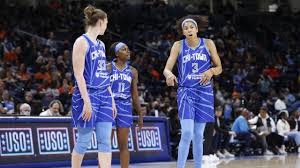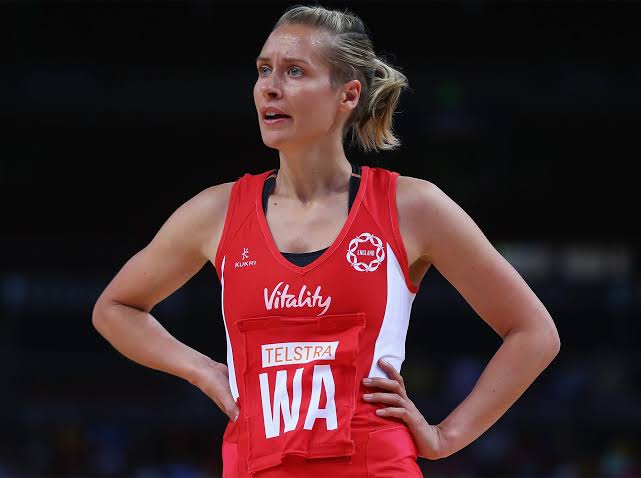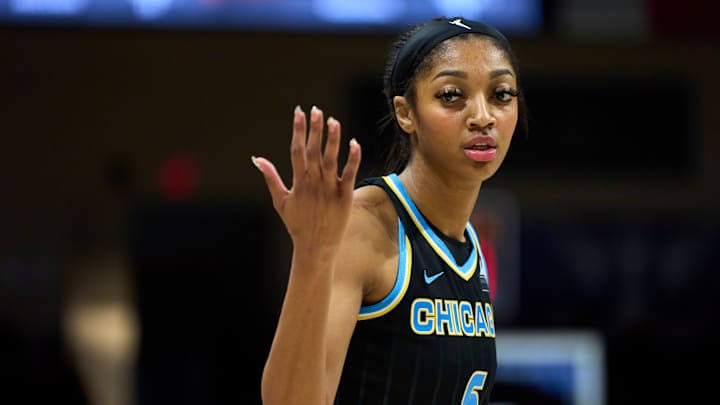The Chicago Sky’s decision to move their home games against the Indiana Fever to the United Center is a strategic response to the surging popularity of the WNBA, driven largely by Caitlin Clark and Angel Reese. This move reflects the league’s growing mainstream appeal, the impact of individual star power, and the increasing financial viability of women’s professional basketball.
Key Factors Behind the Move:
1. Skyrocketing Demand for Tickets
Last season, Sky-Fever games at Wintrust Arena (10,000 seats) were near sellouts, with ticket prices soaring from $225 to as high as $1,700.
The move to the United Center (21,000 seats) nearly doubles capacity, making the games more accessible to fans while generating more revenue.
2. The Caitlin Clark & Angel Reese Effect
Clark, a former Iowa Hawkeye and the No. 1 pick in the 2024 WNBA Draft, has become a major draw for fans and media, with her games often moving to national broadcasts.
Reese, a former LSU star and the No. 7 pick, brings her own massive following, fueled by her collegiate rivalry with Clark.
Their matchups create compelling storylines that transcend basketball, adding layers of cultural and social significance.
3. The WNBA’s Growing Popularity & Commercial Success
The league is experiencing unprecedented interest, with increased attendance, TV ratings, and merchandise sales.
Teams are beginning to shift marquee games to larger venues, similar to what the Las Vegas Aces did last season.
This move further legitimizes the WNBA as a must-watch league, drawing in new audiences and increasing sponsorship opportunities.
4. Fan Engagement & Long-Term Growth
The Sky’s decision directly responds to a fan petition, showing that teams are listening to their audience.
By moving to the United Center, the Sky position themselves as a franchise ready to capitalize on the league’s momentum and grow their local fanbase.
Broader Implications for the WNBA
This shift signals a pivotal moment for the league. If high-profile games continue to sell out larger arenas, the WNBA may need to reassess venue sizes, scheduling, and national TV coverage to fully capitalize on its newfound popularity. The league could also see an increase in overall revenue, leading to higher player salaries, improved facilities, and greater investment in the sport.
Ultimately, this move isn’t just about a single game—it’s a sign that women’s basketball is reaching new heights, and the WNBA is ready to embrace a bigger stage.



